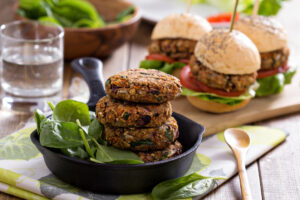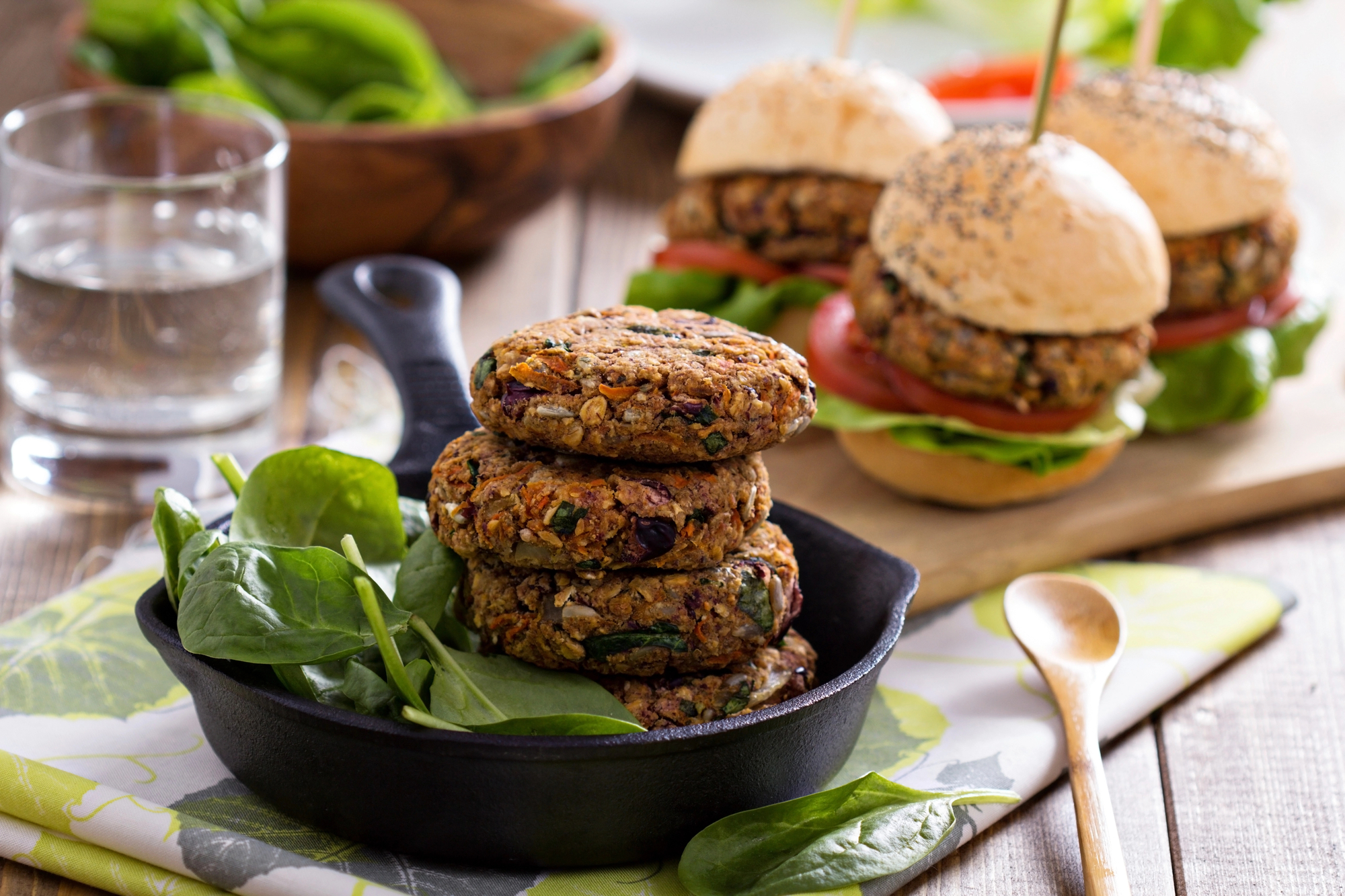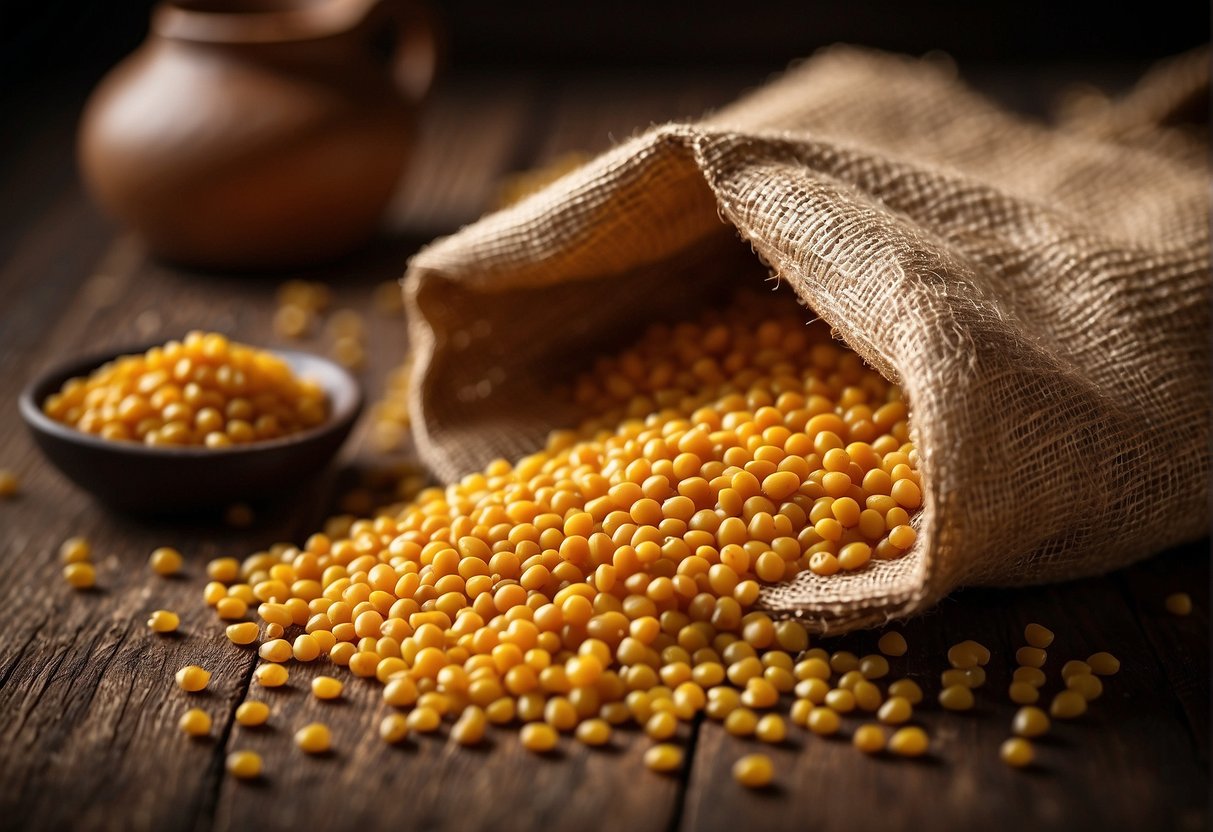I’m always exploring ways to maximize our ingredients and create wholesome dishes. Today, I’m thrilled to introduce a recipe that fits the bill perfectly: veggie pulp burgers. These flavorful patties packed with nutrients offer a way to repurpose leftover juicing or vegetable remnants reducing food waste and introducing a scrumptious plant-based meal option into your repertoire.
Why Incorporate Veggie Pulp into Burgers?
After juicing vegetables or making vegetable purees, you often end up with a good amount of pulp. Although it may seem convenient to dispose of this pulp, it actually contains nutrients like fiber, vitamins and minerals. By including this pulp in veggie burgers, not only do you cut down on food waste, you also enhance the nutritional content of your dish.
Furthermore, utilizing veggie pulp in burgers enhances moisture and texture.

Ingredients
This amount will make 6 portions.
- 2 cups of vegetable pulp (from juicing or making vegetable purees)
- 1 can (15 oz) of black beans, drained and rinsed
- 1/2 cup of breadcrumbs (preferably whole wheat)
- 1/2 cup of diced onion
- 2 cloves of garlic, minced
- 1 tsp of chili powder
- 1 tsp of ground cumin
- 1/2 tsp of smoked paprika
- 1/4 cup of chopped fresh cilantro
- Salt and pepper to taste
- 2 tbsp of olive oil (for cooking)
Instructions
- Combine the vegetable pulp, breadcrumbs, chopped onion, minced garlic, chili powder, ground cumin, smoked paprika, fresh cilantro, salt and pepper, in a bowl. Mix thoroughly until all the ingredients are evenly incorporated.
- Form the mixture into 6 portions. Shape each portion into a patty about 1/2 inch thick.
- Heat olive oil in a skillet over heat. Once the oil is hot, place the patties in the skillet. Cook for 4-5 minutes on each side until they turn brown and crispy.
- Enjoy these veggie pulp burgers on wheat buns with toppings of your choice like lettuce, tomato, avocado or vegan cheese slices.
Preparation and Cooking Time
It takes around 15-20 minutes to prepare these veggie pulp burgers by mashing beans mixing ingredients and shaping patties. The cooking time is short with each patty needing 8-10 minutes of cook time (4-5 minutes per side).
Baking Option
If you’d rather bake your veggie pulp burgers instead of frying them in a pan, simply preheat your oven to 375°F (190°C). Prepare a baking sheet with parchment paper. Place the formed patties on the baking sheet. Brush them lightly with olive oil. Bake the burgers for 25-30 minutes turning them over halfway through until they are crispy and golden brown on the outside.
Personalization Choices
You can easily adjust the recipe to match your flavor preferences or dietary requirements as follows:
- Gluten free: Use gluten-free rolled oats in place of wheat breadcrumbs.
- Spicier: Mix in jalapeños or a pinch of cayenne pepper into the burger mixture for an added kick.
- Different legumes: Exchange the beans with chickpeas, kidney beans or lentils.
- Enhanced nutrition: Integrate ground flax seeds, chia seeds or hemp seeds into the mixture for omega 3s and protein.
Storage and Reheating
If you end up with leftover veggie pulp burgers, you can keep them in a container in the fridge for up to 5 days.
To warm them up, just place the patties in a pan on heat or in an oven at 350°F (175°C) until they’re heated through.
If you want to store the patties for later, you can freeze them for up to 3 months. Simply lay them out on a baking sheet with parchment paper and freeze until they’re firm. Once frozen, move the patties to a container or bag that is safe for the freezer. When you’re ready to enjoy your burgers, let them thaw in the fridge overnight. Then reheat following the methods mentioned earlier.
So, to sum up, veggie pulp burgers offer an nutritious way to use up any leftover vegetable pulp. By mixing the pulp with beans, breadcrumbs and flavorful spices, you can whip up a filling plant-based meal that is both satisfying and eco-friendly.
So next time you have some pulp from juicing or making vegetable purees, give this recipe a go. Your palate, your health and our planet will be grateful!

*We may earn a commission for purchases made using our links. Please see our disclosure to learn more.



